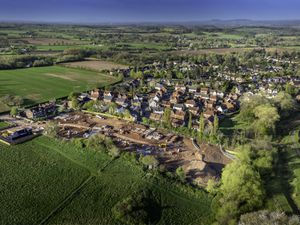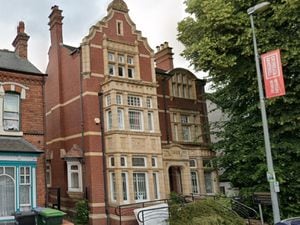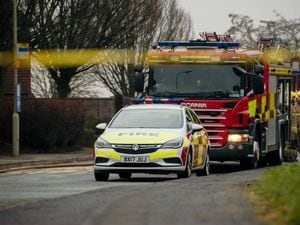You've met the Birmingham Bull – now meet the Beasts of Kinver
Now we've all seen the Birmingham Bull, it's time to meet the Beasts of Kinver Edge.
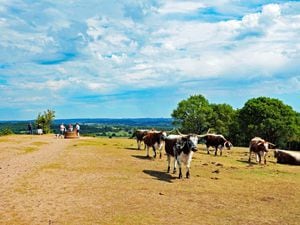
But fear not. While the mascot of the Commonwealth Games blows smoke from his nostrils, the Longhorn cattle which have been put out to graze on the beauty spot near Stourbridge are somewhat gentler in their demeanour.
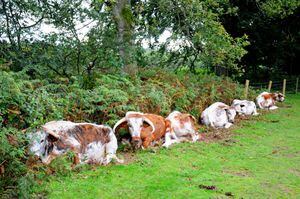
The animals have been introduced to help control the ecosystems on the heathlands, creating an ideal habitat for the area's wildlife.
And the cows, which became widespread in the 18th century thanks to breeder Robert Bakewell, have also proved a popular attraction with visitors to the Edge.
Kinver photographer Graham Gough captured the beasts on camera.
"They are so docile, they just let you walk up to them, they are very easy going," he said.
"I went up there this morning and they were trying to keep away from the heat."
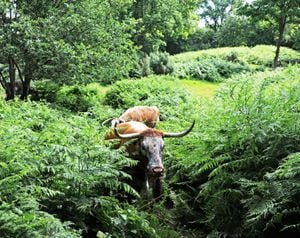
The cattle have been introduced by the National Trust, which manages the site, which is known for its red sandy rock and brightly coloured heathers.
Lead ranger Ewan Chapman said the animals helped provide the habitat in which the purple bell heather, in flower at the moment, and the lighter ling heather, which flowers late summer, can grow.
He said: "We use a herd of English Longhorn cows, an ancient breed, to manage the heath sensitively by grazing.
"They crush the bracken, chomp on bramble and nibble leaves and grass. Their trampling creates bare sandy areas that bees nest in and releases heather seeds.
"By roaming around they naturally create a mosaic of different habitats across the landscape, which is ideal for wildlife."
They are also keeping Himalayan balsam in check, providing space for the bluebells to flourish.

